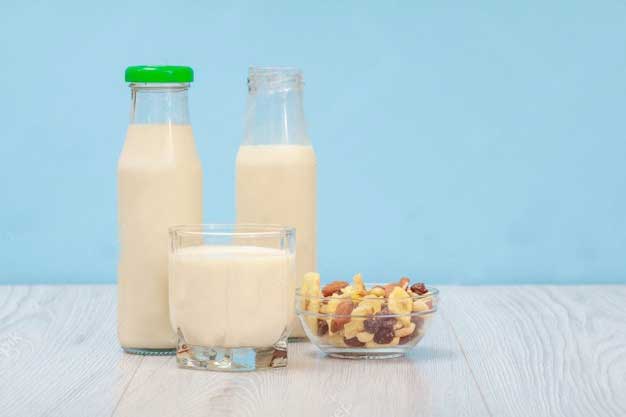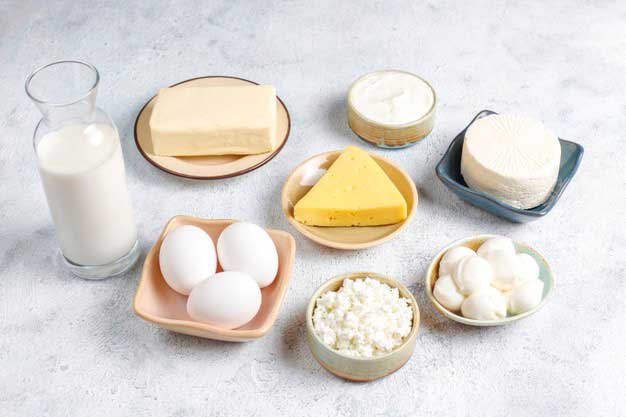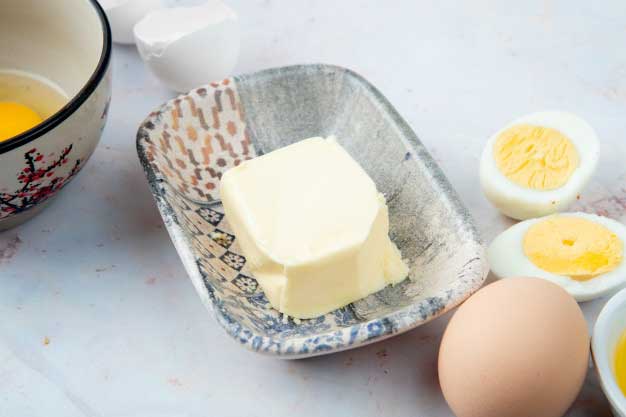USDA : European Dairy Market Overview in the beginning of January 2022
Report 1 – Released on January 6, 2022
As 2022 opens, dairy analysts in Western Europe foresee: continuing firm dairy markets;production and transportation challenges resulting from labor shortages; uncertainty relatedto COVID factors; and cost pressures. In short, similar factors to those dominant during2021. Looking ahead, 2022 milk production is expected to continue to be lower than desired. Decisions will have to be made regarding allocating available milk among dairy products.
Currently cheese continues to be high on the priority list.German dairy analysts suggest that even with the recent change in government, followingsixteen years of the previous governing coalition, no significant changes in agriculturalpolicy are expected in the near term. The new coalition government has selected a GreenParty official to be Minister of Agriculture. Yet, it is noted that agriculture is typicallya lower profile policy focus in Germany, than for example, making cars and trucks. So, theinitial focus of the new governmental coalition is not expected to be on agriculturalpolicy.
That should leave the largest dairy economy in Western Europe continuing on a similartrajectory as before. While there is an EU wide effort to reduce carbon emissions, which hasled some member countries to undertake actions to reduce cow numbers, Germany has noteddeclining cow numbers for other reasons during the last several years. So, no new abruptgovernmental measures targeting cows are anticipated in the near term.
As 2021 ended, so did many contracts for Western European cheese. New contracts nowbeginning generally specify higher pricing. Manufacturers are enforcing higher prices, whichbrings higher revenues. Little potential for any significant increase in cheese availabilityin coming months is expected.
EASTERN EUROPEAN OVERVIEW:
Poland continues to lead other Eastern European milk producing countries in dairy output. Aswith Western Europe, cheese production remains a priority. Internal demand for cheese hasrestricted availability for export markets.
Information for the period December 27, 2021 - January 7, 2022, issued biweekly
Secondary Sourced Information:
Western European milk production January – October 2021 decreased 0.1 percent from January– October 2020 according to data supplied by the European Commission.
United Kingdom milk production January – October 2021 increased 0.4 percent from January –October 2020 according to CLAL data supplied to USDA.
Western European cheese production January – October 2021 increased 1.9 percent fromJanuary – October 2020 according to data supplied by the European Commission. This is theonly increase for the period among primary dairy products except for cream, which alsoincreased.
Western European exports of cheese January – October 2021 increased 0.3 percent fromJanuary – October 2020 according to CLAL data made available to USDA. The largest exportvolumes go to the United Kingdom, followed by the United States, then Japan.
United Kingdom cheese production January – October 2021 was steady with January – October2020 according to CLAL data supplied to USDA. United Kingdom exports of bulk milk January – October 2021, almost all of which goes toIreland, decreased 1.3 percent from January – October 2020 according to CLAL data madeavailable to USDA. United Kingdom imports of bulk milk January – October 2021 increased 2.1percent from January – October 2020 according to CLAL data made available to USDA. Thelargest import volumes are mostly from Ireland, followed by Germany, then Sweden. The UnitedKingdom is a net exporter of bulk milk.
United Kingdom exports of cheese January – October 2021 decreased 20.2 percent from January– October 2020 according to CLAL data made available to USDA. The largest export volumes goto Ireland, followed by Belgium, then France.
United Kingdom imports of cheese January –October 2021 decreased 18.2 percent from January – October 2020. The largest import volumescome from Ireland, France, and Denmark. The United Kingdom is a net importer of cheese.
Milk Production in Poland January – October 2021 increased 0.3 percent from January –October 2020 according to CLAL data made available to USDA. Butter production for the periodwas -5.2 percent. Cheese recorded the greatest increase of primary dairy products, up 3.0percent. Among the powders, WMP was +2.8 percent and SMP was -6.6 percent.
Published by:
Dairy Market News - Madison, WI
Eric Graf, 608.422.8590
Email: Eric.Graf@usda.gov
Additional Dairy Market News Information:
Dairy Market News (DMN) by Phone: (608)422-8602
DMN Website: https://www.ams.usda.gov/market-news/dairy
DMN MARS (My Market News): https://mymarketnews.ams.usda.gov






